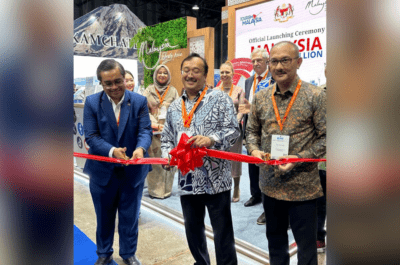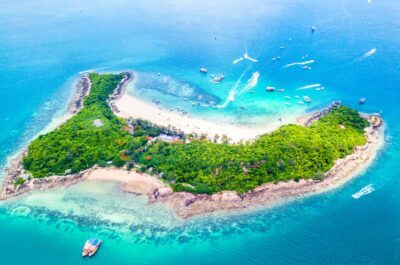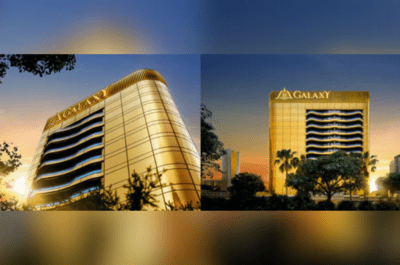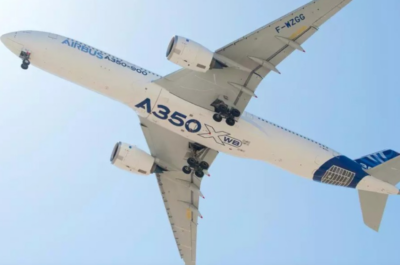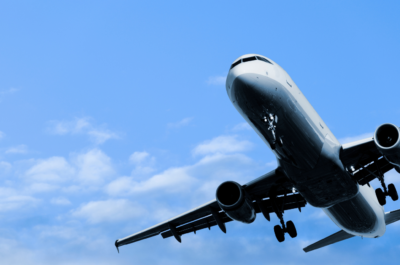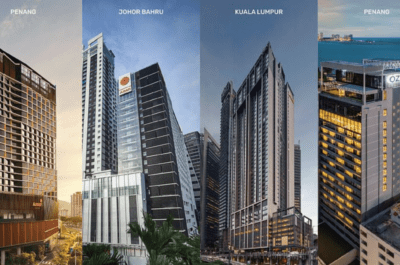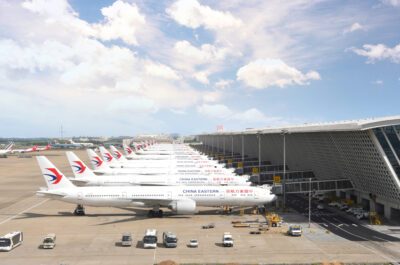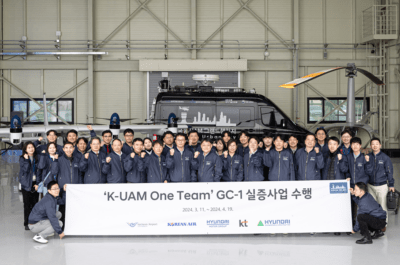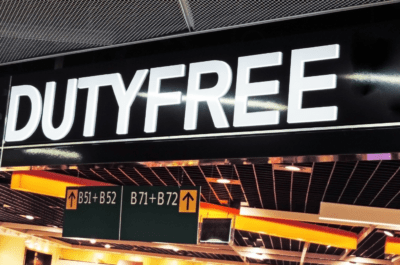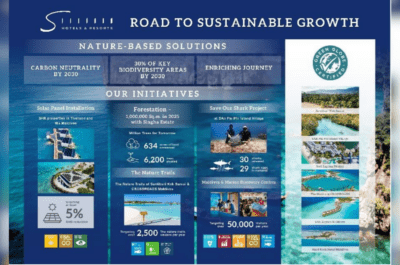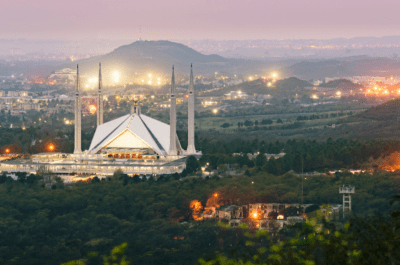Final year-end 2005 results from the HotelBenchmarkT Survey by Deloitte show that despite the unsettling start to the year, with the aftermath of the Indian Ocean tsunami, Asia Pacific recorded a…
Final year-end 2005 results from the HotelBenchmarkT Survey by Deloitte show that despite the unsettling start to the year, with the aftermath of the Indian Ocean tsunami, Asia Pacific recorded a healthy increase in revenue per available room (revPAR) of 9.2%.
Of the 30 cities tracked by the Asia Pacific edition of the HotelBenchmarkT Survey by Deloitte, all but two reported positive revPAR growth during 2005. Mumbai in India was the region`s winner, with revPAR up a staggering 26.4% in US$. As the domestic market in India continues to expand, the thriving economy is providing the rising middle classes with increased disposable income. In turn, this has led to strong hotel performance growth across the country during 2005.
Hot on Mumbai`s heals and unaffected by the Indian Ocean tsumani, Vietnam`s two primary cities, Hanoi and Ho Chi Minh take second and third place. The cities experienced revPAR increases of 22.6% and 24.9% respectively and were the only markets across the Asia Pacific region to post double-digit occupancy increases during 2005. The relaxation of visa requirements has certainly helped to stimulate demand throughout Vietnam, particularly from its South-East Asian neighbours and explains why international visitor arrivals improved 18.4% in 2005.
While countries like Vietnam benefited from the tsunami, others unfortunately did not. Thailand`s popular tourist resort of Phuket has seen hotel performance free-fall since being hit by the tsunami at the end of 2004, reporting 12 months of double-digit revPAR decline. Average room rates have seen a 7.3% decline in US$, however occupancy has dropped more significantly, down 32.6% year-end 2005. The resort is being shunned by Asian visitors in particular; who believe visiting a disaster site will bring bad luck.
Hotel performance in Chinese cities also showed strong growth during 2005. Gross Domestic Product (GDP) was up 9.3% in 2005 and, coupled with an increase in the number of low-cost airlines expanding throughout the country, there has been a surge in domestic travel. Hong Kong SAR took fourth position in terms of revPAR growth, ending 2005 up 19.8% while recording the highest occupancy levels in China at 82%. No doubt the arrival of Mickey Mouse and friends in September 2005 has contributed to this strong performance.
Growth in Oceania was rather more modest compared to the other regions in Asia during 2005. In Australia, occupancy rates remained relatively stable, rising by just 0.8% while average room rates rose 9.3% to end the year at US$122. The strong Australian dollar has boosted average room rates in US$ terms, whilst conversely encouraged increased outbound travel. Despite this, 2005 saw a boost of 5% in terms of international tourist arrivals to Australia, a trend which is expected to continue into the first half of 2006, with the Commonwealth Games being hosted in Melbourne in March.
Selected Asian cities revPAR percentage change 2005 v 2004 in US$
| (>30%) | (0-10%) | 0-10% | 10-20% | >20% |
| Phuket | Osaka | Auckland | Beijing | Hanoi |
| Bali | Hong Kong SAR | Ho Chi Minh City | ||
| Bangkok | Jakarta | Mumbai | ||
| Guam | Kuala Lumpur | |||
| Penang | Manila | |||
| Seoul | Melbourne | |||
| Surabaya | Shanghai | |||
| Tokyo | Singapore | |||
| Yangon | Sydney | |||
| Taipei |
Source: HotelBenchmark™ Survey by Deloitte
This healthy performance is reflected in the latest international visitor arrival data from the World Tourism Organisation (UNWTO) which saw Asia Pacific achieve a 7.4% growth in visitor arrivals to 156m during 2005. This growth was not as high as that achieved in 2004, when international visitor arrivals to the region increased by 26%. However, it is still an exceptional rise and one of the reasons hotel performance has continued to improve. With just under 20% of all global tourists visiting Asia during 2005, the region is now the second most visited destination in the world.
Julia Felton, Executive Director of HotelBenchmarkT at Deloitte commented: Even though the terrorist attacks and natural disasters in Asia Pacific during 2005 impacted local markets they did not substantially alter regional results. Although growth across Asia Pacific slowed during 2005, a far cry from the record-breaking results achieved in 2004 when revPAR shot up 25%, the results are still impressive. With the UNWTO expecting Asia Pacific to be the fastest growing region in the world in terms of visitor arrivals up 9% during 2006, this confirms the region`s ability to remain resilient in times of trouble and reinforces the strong dynamics of the tourism sector in Asia Pacific.
Julia added: Hotel investment in Asia continues to steam ahead, as the region`s large domestic populations and relatively undeveloped hotel markets provide huge untapped potential. This coupled with a surge in low-cost airlines and the relaxation of visa requirements continues to drive intra-regional travel throughout the region. With a number of prestigious sporting events also on the horizon – Commonwealth Games, Melbourne (2006) and Delhi (2010) combined with the Olympics in Beijing in 2008 – the region will continue to raise its profile on the world stage, boding well for the future prospects of the hotel industry
Note: All analysis in US$.
Theodore is the Co-Founder and Managing Editor of TravelDailyNews Media Network; his responsibilities include business development and planning for TravelDailyNews long-term opportunities.



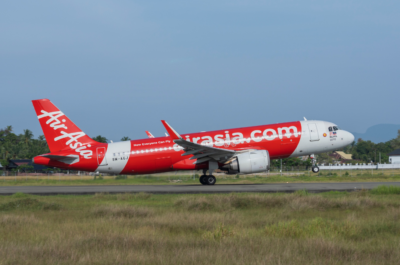
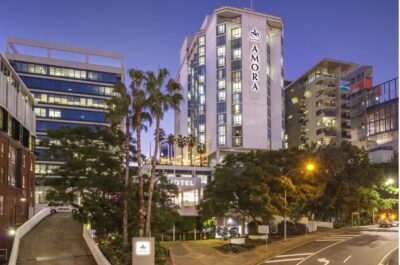














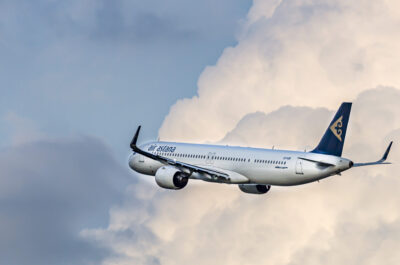

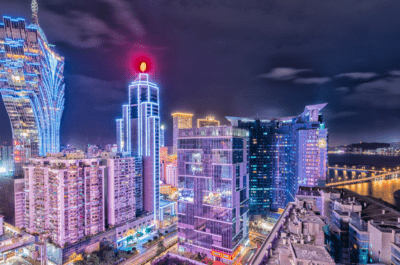
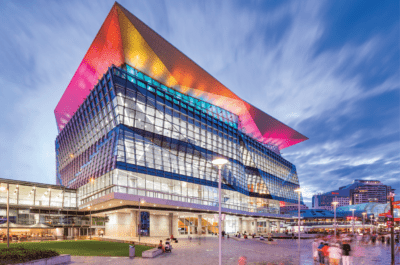

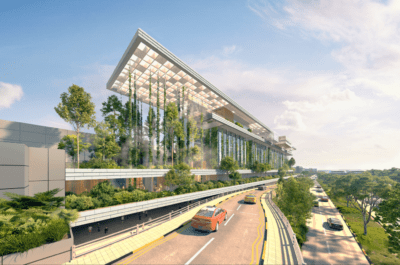

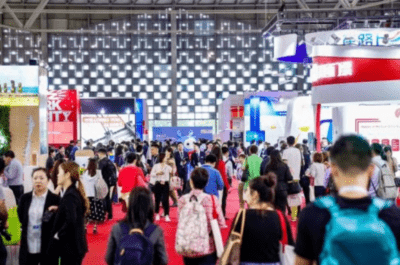


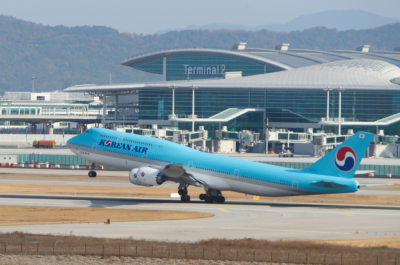
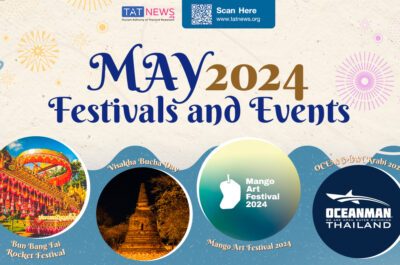

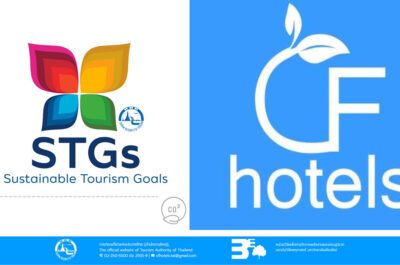
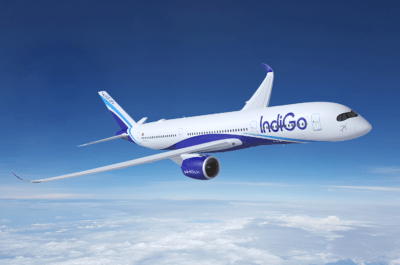
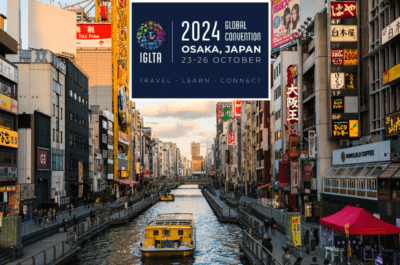


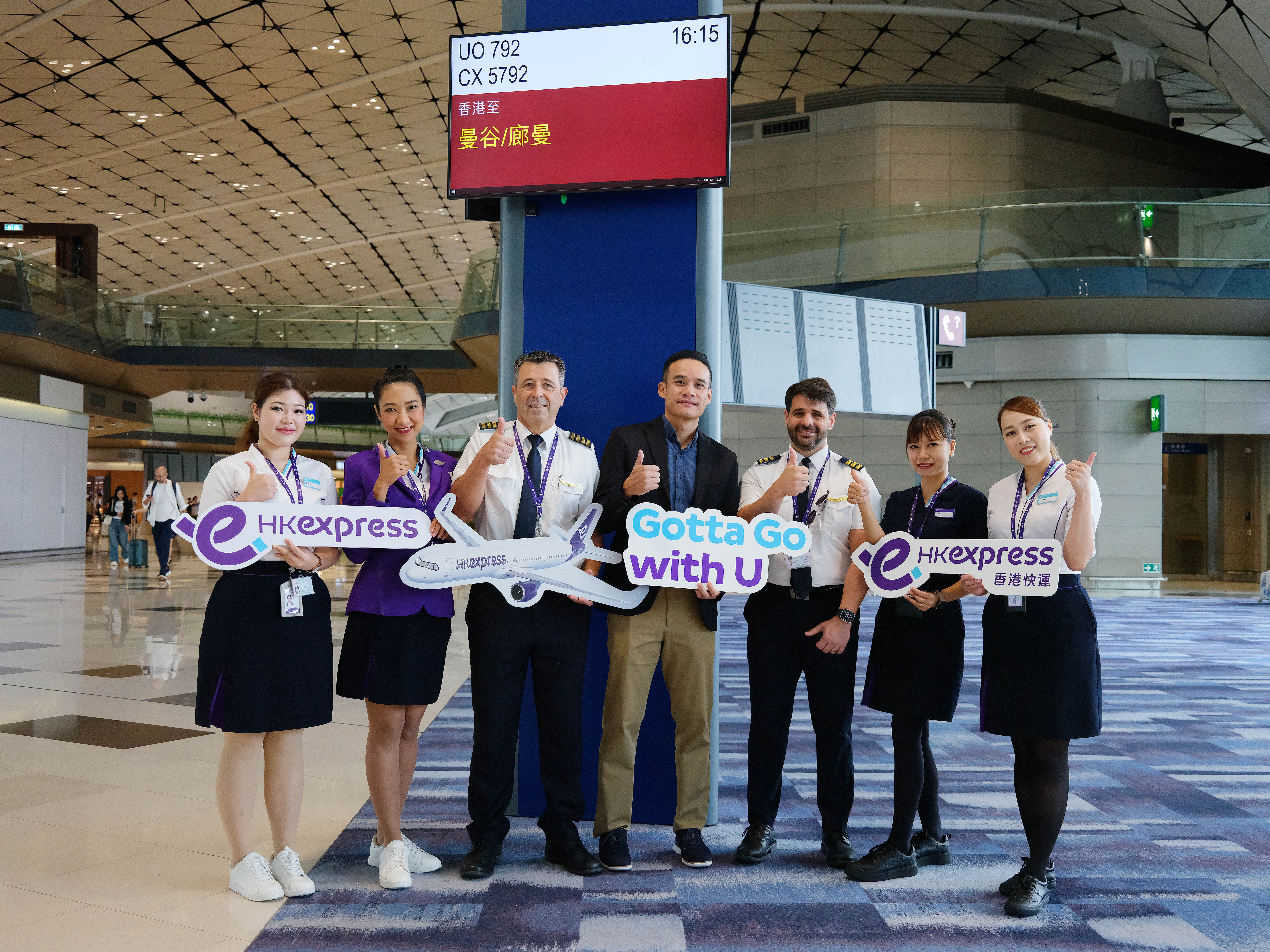


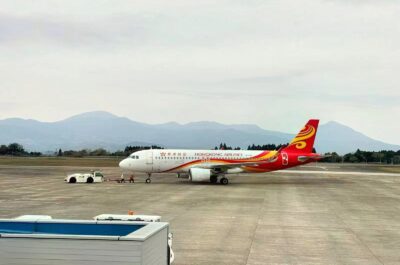




![[PR] PR_Ascott and Vimut Hospital_2024](https://www.traveldailynews.asia/wp-content/uploads/2024/04/PR-PR_Ascott-and-Vimut-Hospital_2024-400x265.jpg)
